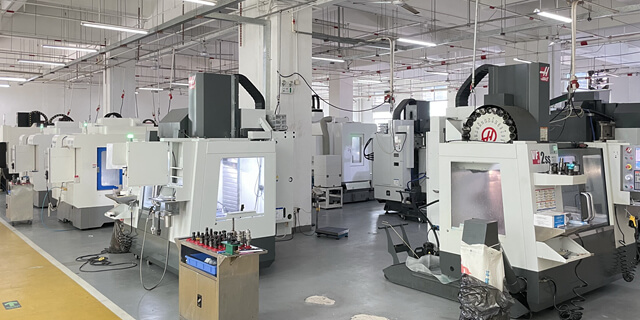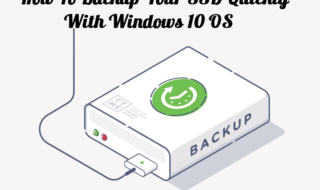Entrepreneurs in the garment printing industry no longer have to incur heavy investments in high-definition digital printers to print exciting patterns and prints onto fabric. Direct to Film (DTF) printing has revolutionized the way garment printing businesses work.
There are two broad categories of printers in the garment printing sector, namely, traditional screen printers and digital printers. While traditional screen printers may seem more economical than digital printers, digital printers offer a range of versatile features and better results.

Contents
- What is Direct to Film Printing?
- DTF Printers and Traditional Screen Printers
- DTF is much faster than screen printing in smaller order with many colors
- Screen Printing requires messy inks and lots of cleanup and screens.
- You have to set up a screen print job each time you want to print, instead of storing it
- DTF allows you to store up transfers for probably up to a year to use as orders come in
- The Final Verdict
What is Direct to Film Printing?
Direct to Film printers allow users to print the desired design on a film and then transfer it from the film to the fabric using a heat press and an adhesive. The printer offers high-quality, durable results. The use of good-quality ink is essential to prevent bloating and clogging. The quality of films used is also a vital consideration.
DTF Printers and Traditional Screen Printers
By definition, DTF printing does not fall under the category of digital printing. However, the printer combines traditional printers, inkjet printers, and digital printers to deliver detailed, high-graphic prints.
DTF is much faster than screen printing in smaller order with many colors
Screen printing takes up more time than DTF printing. Each layer of color is applied separately. You will also have to apply reasonable care to ensure the print comes out looking exactly the way you want it to look. If you go wrong, you may have to start from scratch with a shape or design. DTF printing is faster and smoother. The time taken would vary based on the size of the printing and the amount of detailing required. It takes very little time for the printer to transfer the design to the film.
Screen Printing requires messy inks and lots of cleanup and screens.
Screen printers have limitations related to color use. Colors are applied one by one and may look slightly different on the fabric. DTF printers can print all colors and color combinations since the printing process is mainly digitized. There will also be no color variations or design variations when you print using a DTF printer. The use of high-quality components like inks, adhesives, and films ensures high print quality.
The accuracy and precision level delivered by a screen printer would also depend on the person’s skill in printing work. Traditional stencils are used to apply colors to the fabric. If the design involves curves or turns, the person printing the design will have to turn the stencils in the right directions and the right angles to achieve desired results.
DTF printing involves very little manual work. Your role in printing is limited to assembling the components and ingredients required and transferring the print to the fabric using a heat press. The printer will print the design onto the film with precision.
You have to set up a screen print job each time you want to print, instead of storing it
It would be challenging to print highly detailed prints and patterns using a screen printer unless you are a highly skilled, professional artist. DTF printers can easily print high-definition patterns and details onto the film, which you can transfer to the fabric. There is no limitation to the level of detailing and delicate patterns you can print with a DTF printer. You will also have to set up screen printers manually each time you print and then clean up the ink and mess after the job is done.
DTF allows you to store up transfers for probably up to a year to use as orders come in
Screen printers are cheaper than digital printers. The cost involved in printing using a screen printer is also lower. However, it is essential to note that screen printers have several limitations that DTF printers don’t have. DTF printers also offer several advantages in terms of printing speed, detailing, and print quality.
DTF printers can be programmed to print multiple quantities of the same print. The printer can churn out prints and designs in batches. Screen printing cannot be used for batch results. Each print has to be done manually with an exercise of careful skill. Further, you can store the transfers for up to one year in case you have recurring orders.
The Final Verdict
DTF printers can print bright, detailed, high graphic designs in less time. DTF printers are also more cost-effective if you consider the time and amount of manual labor involved. Traditional screen printers are a better choice for artists or people who want flexibility and the option to employ their creativity while printing. DTF printing does not involve any pre-treatment or preparation measures and is a great way to make clothes and other fabrics more exciting.


